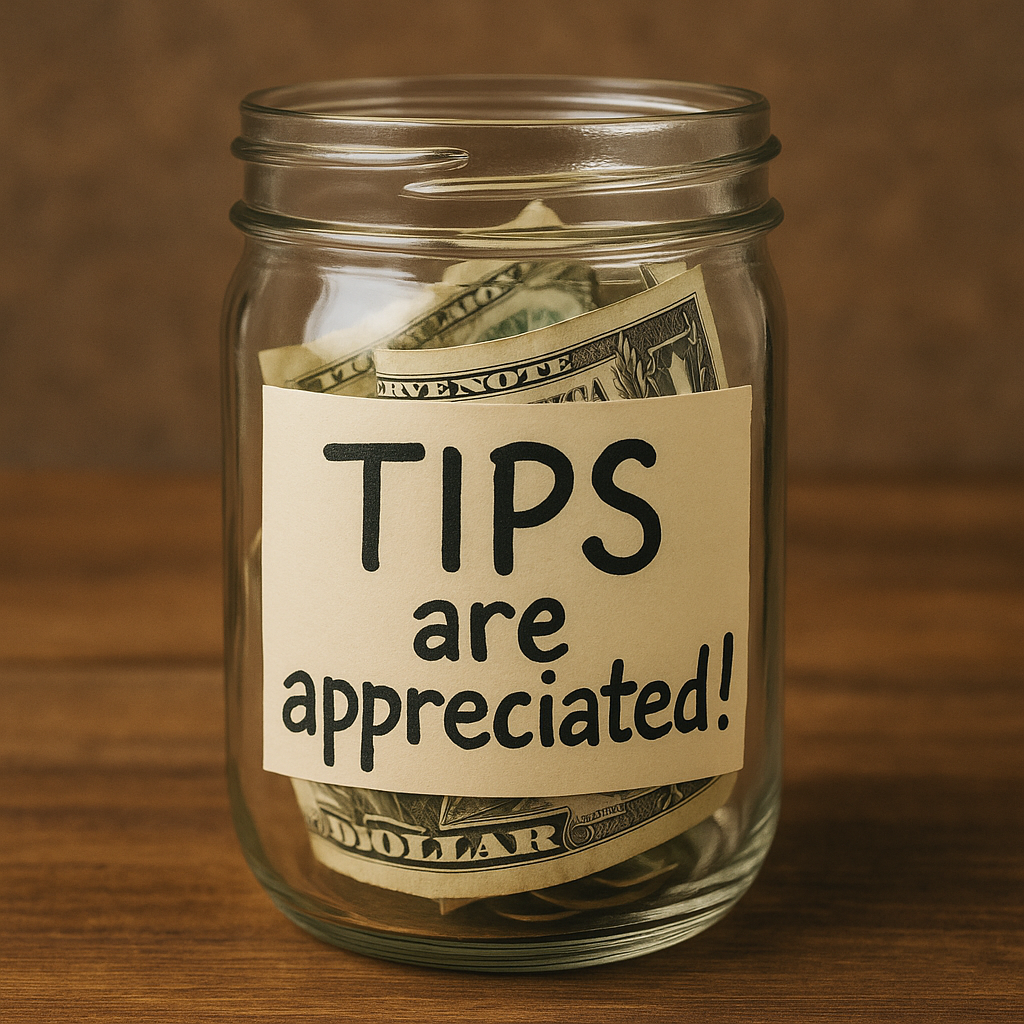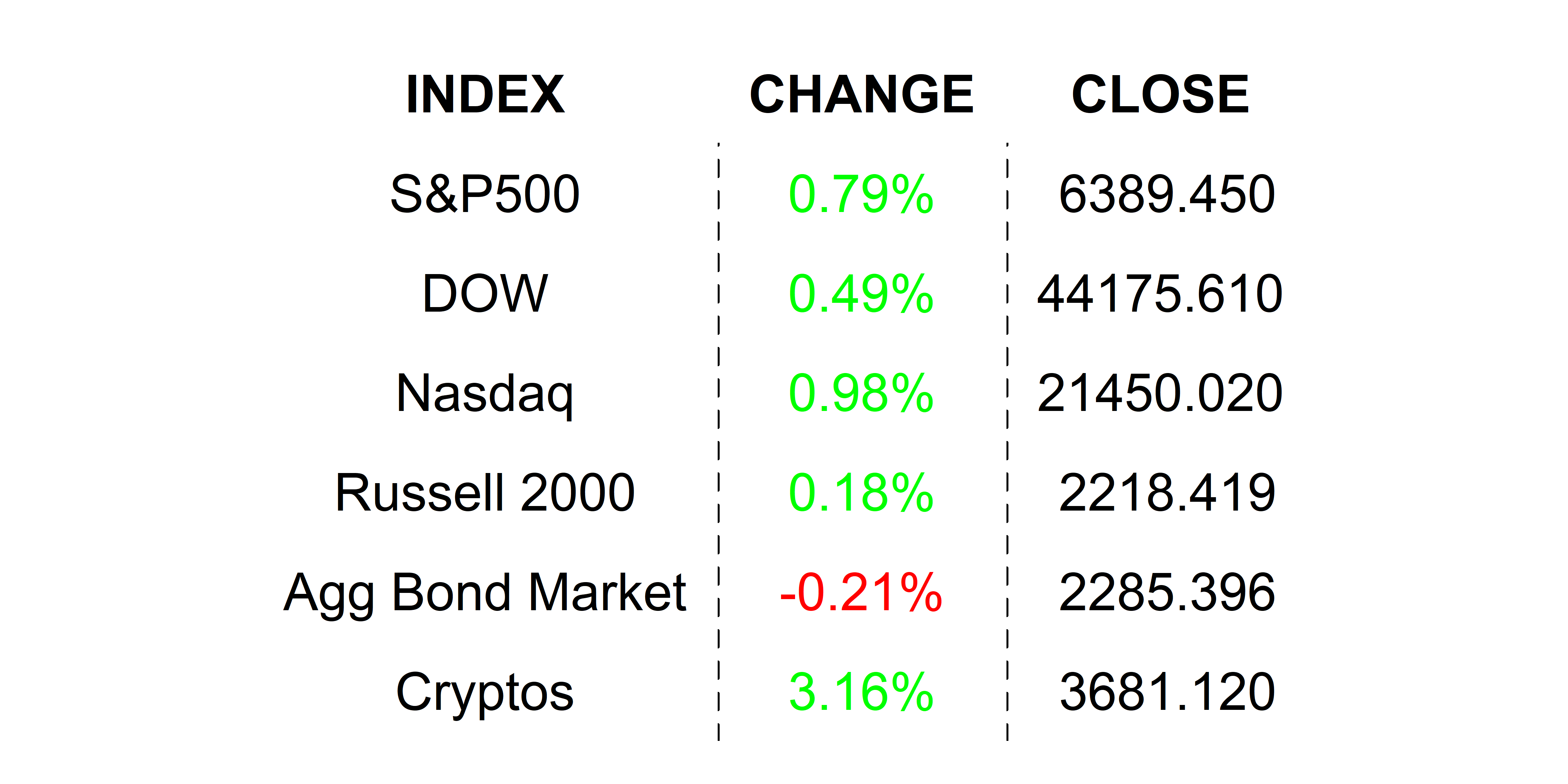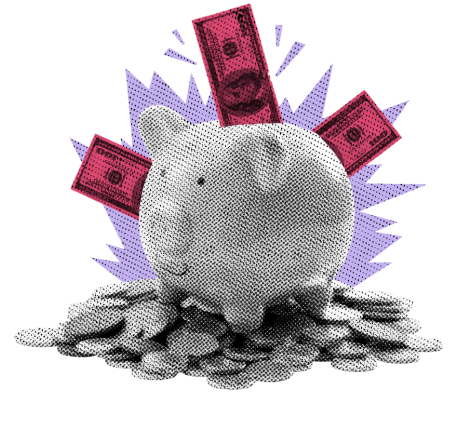
From Standard Oil to Microsoft to NVIDIA–how Washington keeps stepping on its own toesKEY TAKEAWAYS

NEXT UP
DOWNLOAD MY DAILY CHARTBOOK HERE 📈
.png)

